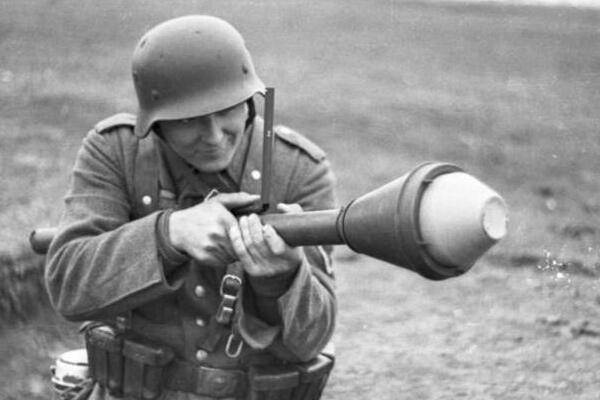What was the Panzerfaust’s success rate against Allied tanks in World War II?
What was the Panzerfaust’s success rate against Allied tanks in World War II? The Panzerfaust, a German anti-tank weapon used extensively in World War II, was known for its effectiveness, but precise success rates are difficult to pin down due to inconsistent record-keeping and varying battlefield conditions. Here are some key points about its performance:
Effectiveness Against Tanks:
The Panzerfaust was highly effective against Allied tanks within its operational range (often less than 100 meters, depending on the model). Its shaped charge warhead could penetrate most Allied tank armor, including that of the Sherman and T-34, which were common on the Western and Eastern Fronts, respectively.
Operational Success:
Field reports suggest that the Panzerfaust inflicted significant losses on Allied armored vehicles, particularly in urban combat and ambush situations where its short range was less of a disadvantage. German infantry could use it to counter the Allies’ numerical superiority in tanks.
Attritional Impact:
While individual successes were numerous, the overwhelming numerical superiority of Allied tanks diluted the Panzerfaust’s overall impact. For example, destroying one tank in a column of dozens might have limited tactical effect but little strategic consequence.
Estimate of Effectiveness:
Studies of combat effectiveness indicate that German infantry equipped with Panzerfausts could achieve a tank kill for every 5 to 10 shots, depending on the circumstances. However, these numbers are estimates and vary by battle and terrain.
Limitations:
The Panzerfaust’s success depended on the proximity of the shooter to the tank, the tank’s situational awareness, and cover for the operator. It was also a single-use weapon, limiting its practicality in sustained engagements.
In summary, while the Panzerfaust was a formidable anti-tank weapon, its success rate against Allied tanks was influenced by tactical conditions, numerical disparities, and the increasing sophistication of Allied tank tactics and coordination.


